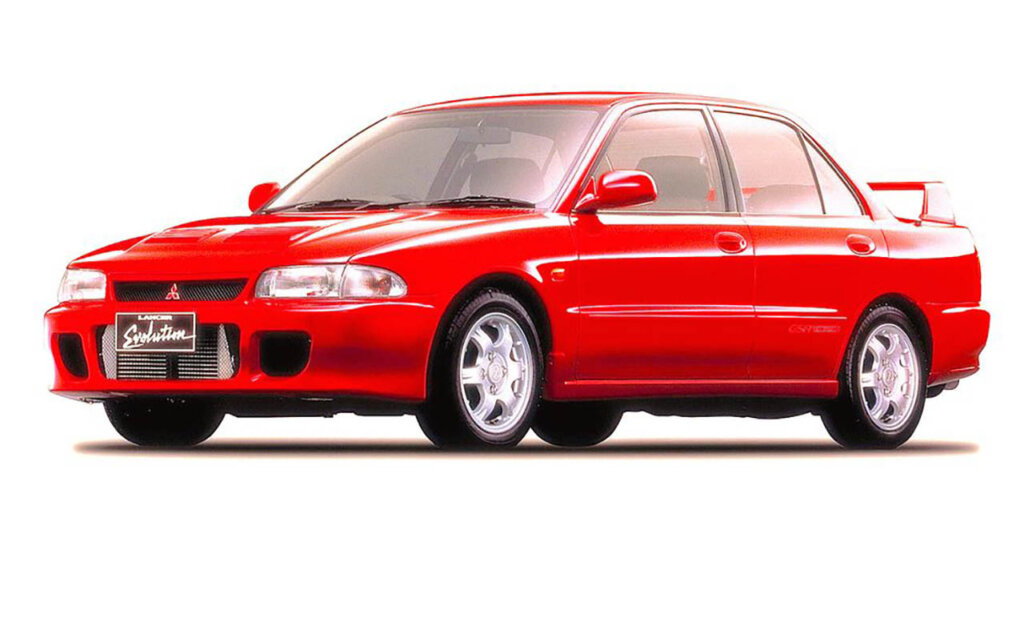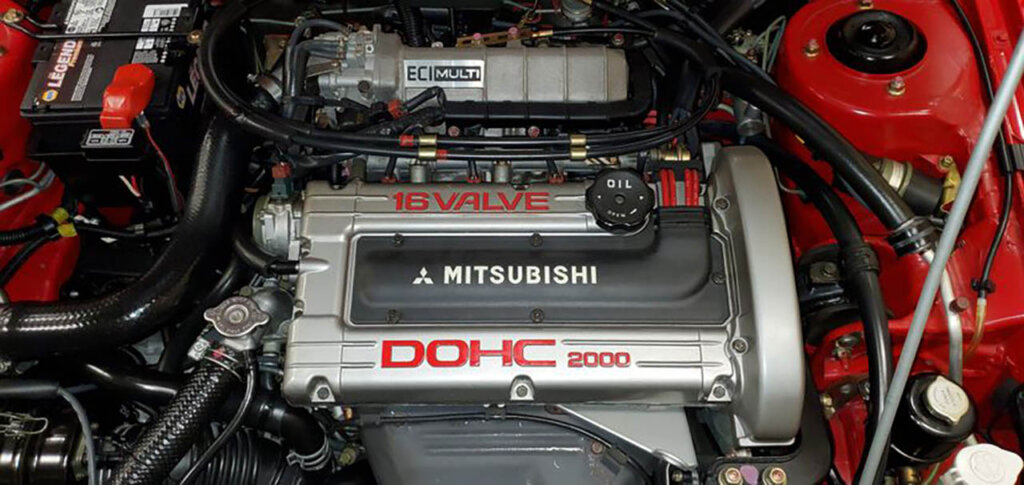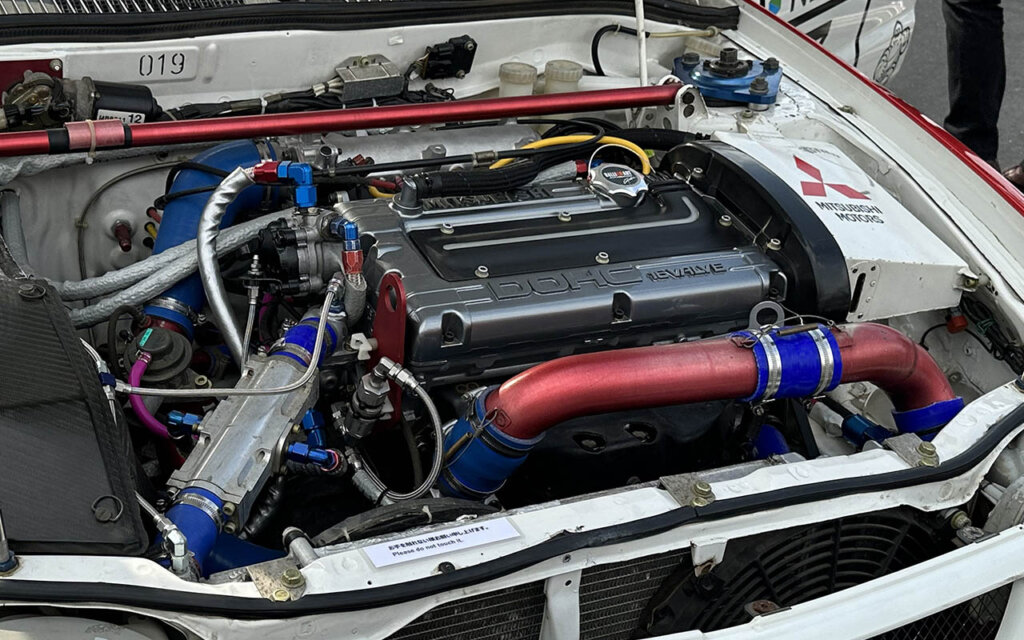Evolution I - III (1992-1996)

Evolution I (1992-1994)
The first-generation Lancer Evo, often referred to as the Evo I, made its debut in 1992. It utilized a 4G63T turbocharged 2.0-liter DOHC engine and AWD drivetrain sourced from the original Galant VR-4. It was offered in GSR and RS models, each delivering exceptional performance. Between 1992 and 1993, around 5,000 units of the first-generation Evolution were sold, with a top speed of 228 km/h (142 mph). Notably, the Evolution I GSR version was the only Lancer Evolution to come with a viscous limited-slip rear differential (VLSD), while subsequent models featured rear mechanical plate-type LSDs.

Source: Hemmings

| Trim | Production | Engine | Power | Transmission | Drivetrain |
| Evo I | 1992 – 1994 | 2.0L 4G63T I4 Turbocharged | 244 HP / 247 PS / 182 kW | 5-Speed Manual | AWD |
Evolution II (1994-1995)

Source: Ben via Flickr

| Trim | Production | Engine | Power | Transmission | Drivetrain |
| Evo II | 1994 – 1995 | 2.0L 4G63T I4 Turbocharged | 252 HP / 256 PS / 188 kW | 5-Speed Manual | AWD |
From December 1993 to February 1995, Mitsubishi introduced an upgraded version of the Evolution II. This iteration primarily focused on enhancing the handling dynamics of the vehicle. The improvements included slight adjustments to the wheelbase, a lighter front sway bar connected to the front struts via sway bar links, and tweaks to the bodywork, such as a larger spoiler. Additionally, the Evolution II featured wider tires, measuring 10mm (0.4 inches) more than its predecessor. The fuel tank capacity was increased to 50 liters (13.2 US gallons; 11.0 imperial gallons). The power output from the engine was raised to 252 HP (188 kW; 256 ps), while the torque remained unchanged for both the GSR and RS models. The majority of the vehicles were equipped with 15-inch OZ 5-spoke wheels as standard, although some RS models destined for privateer racing teams were fitted with steel wheels from the factory.

Source: Mecum Auctions

Evolution III (1995-1996)

Source: AdamCourt via Wikipedia
| Trim | Production | Engine | Power | Transmission | Drivetrain |
| Evo III | 1995 – 1996 | 2.0L 4G63T I4 Turbocharged | 270 HP / 273 PS / 201 kW | 5-Speed Manual | AWD |
The Evo III featured a more aggressive and stylish design, including a redesigned nose molding that facilitated improved air supply to critical components such as the radiator, intercooler, and brakes. To enhance aerodynamics and reduce lift, Mitsubishi added new side skirts, rear bumper moldings, and a larger rear spoiler. Under the hood, the engine received significant upgrades, including a higher compression ratio for improved performance. The turbocharger compressor size was increased from 65mm to 68mm, resulting in an impressive power output of 270 horsepower (201 kW) at 6,250 rpm and a torque of 309 N⋅m (228 lb⋅ft) at 3,000 rpm. These advancements in the Evo III contributed to an even more exhilarating and engaging driving experience.

Source: Rally Paradise via Wikipedia










